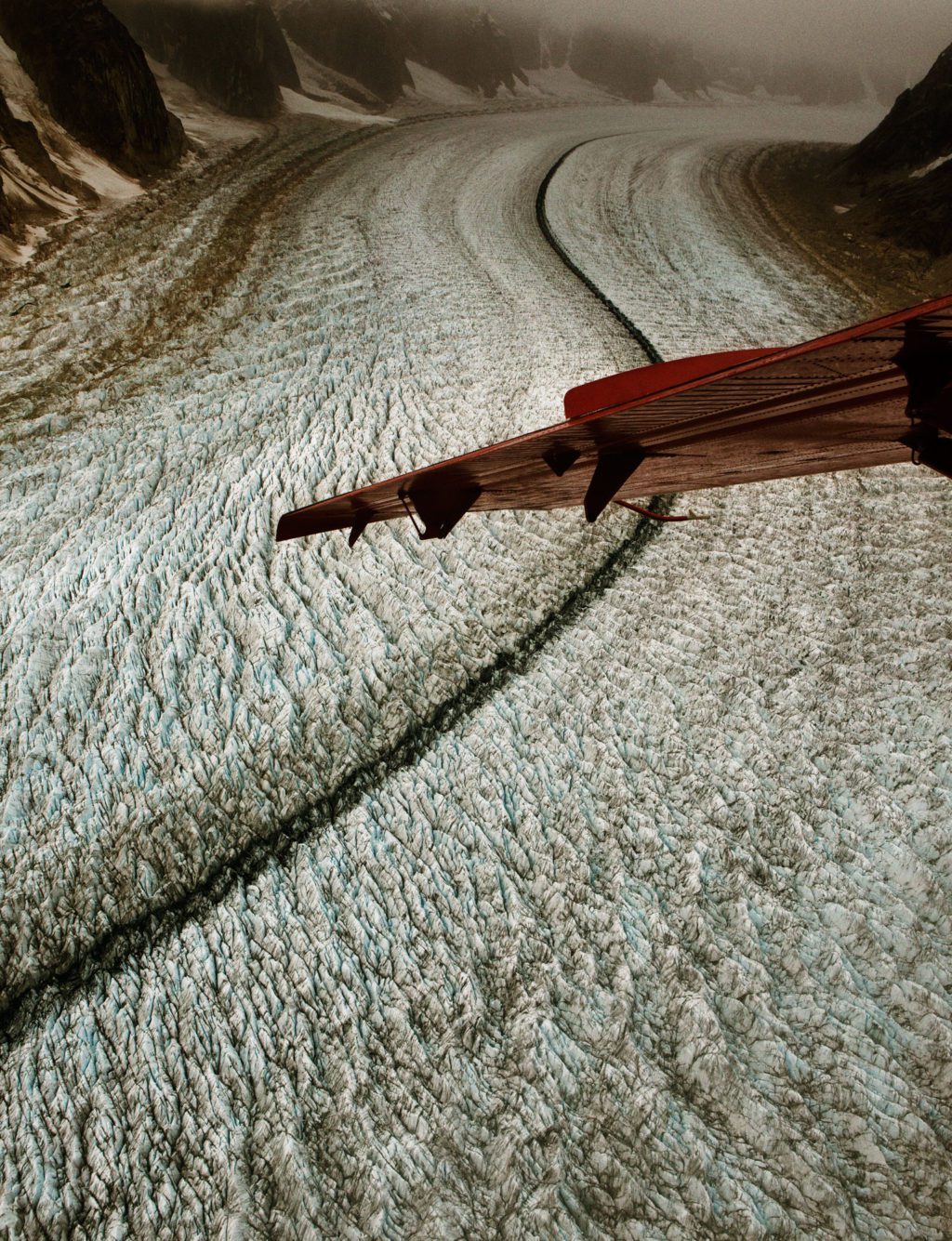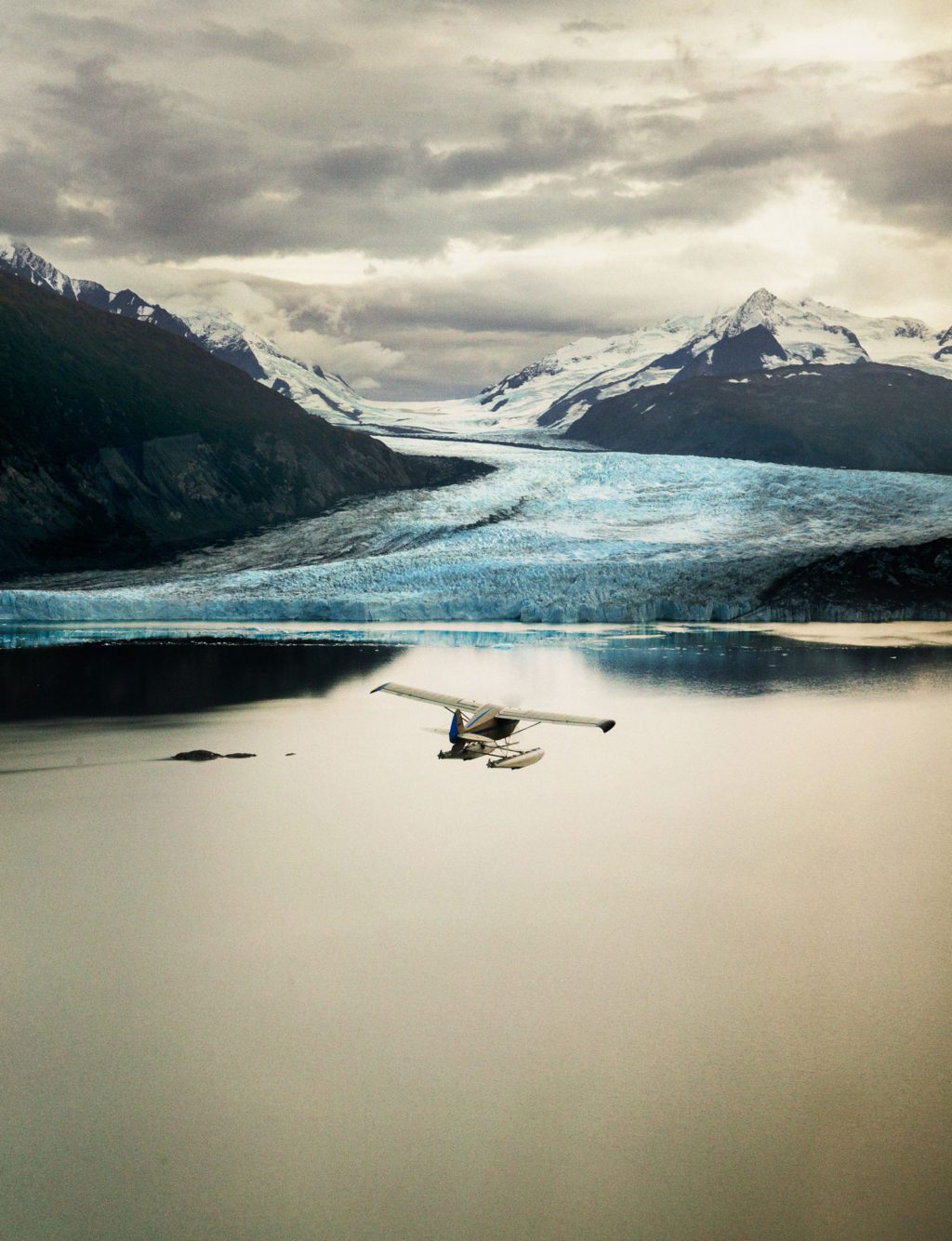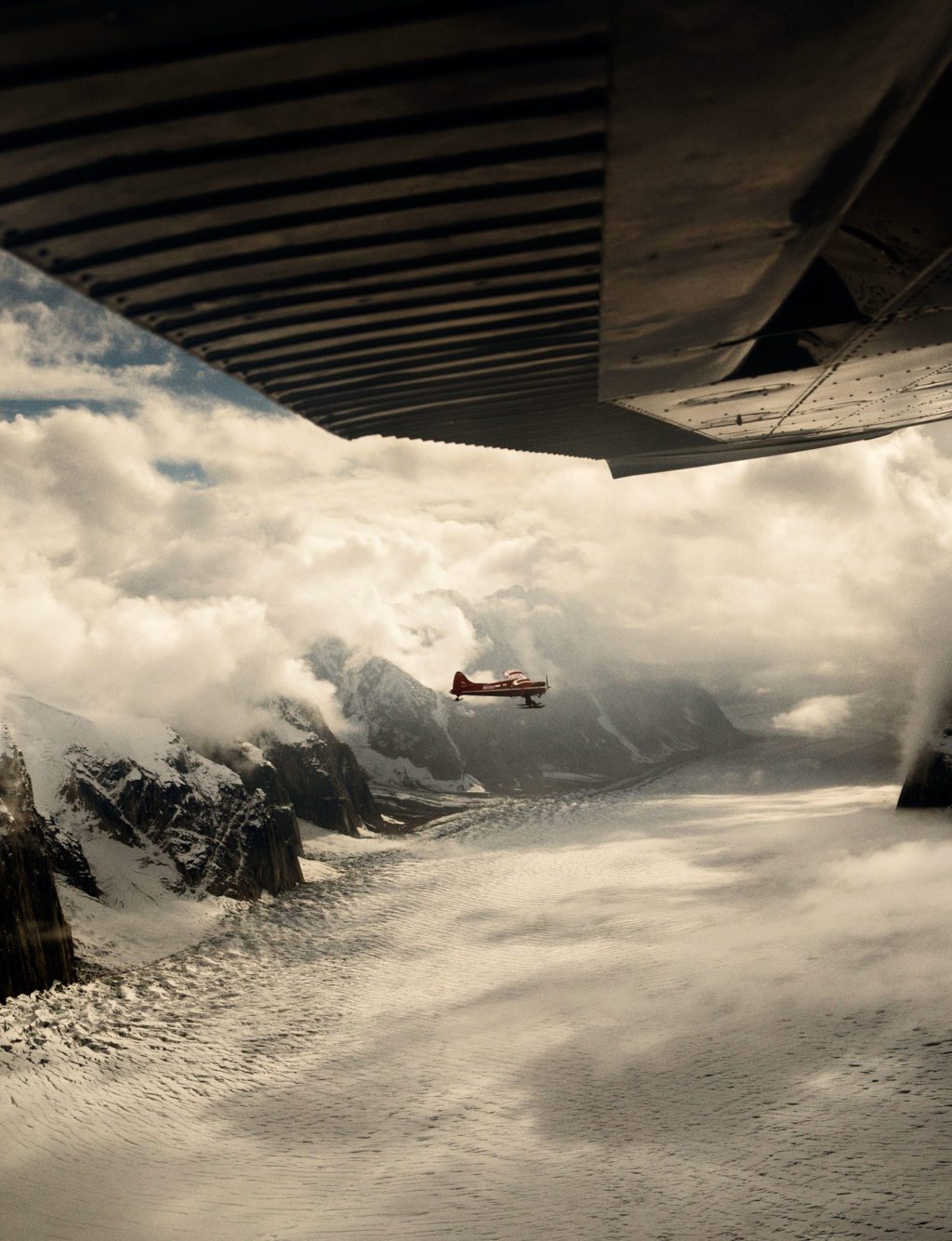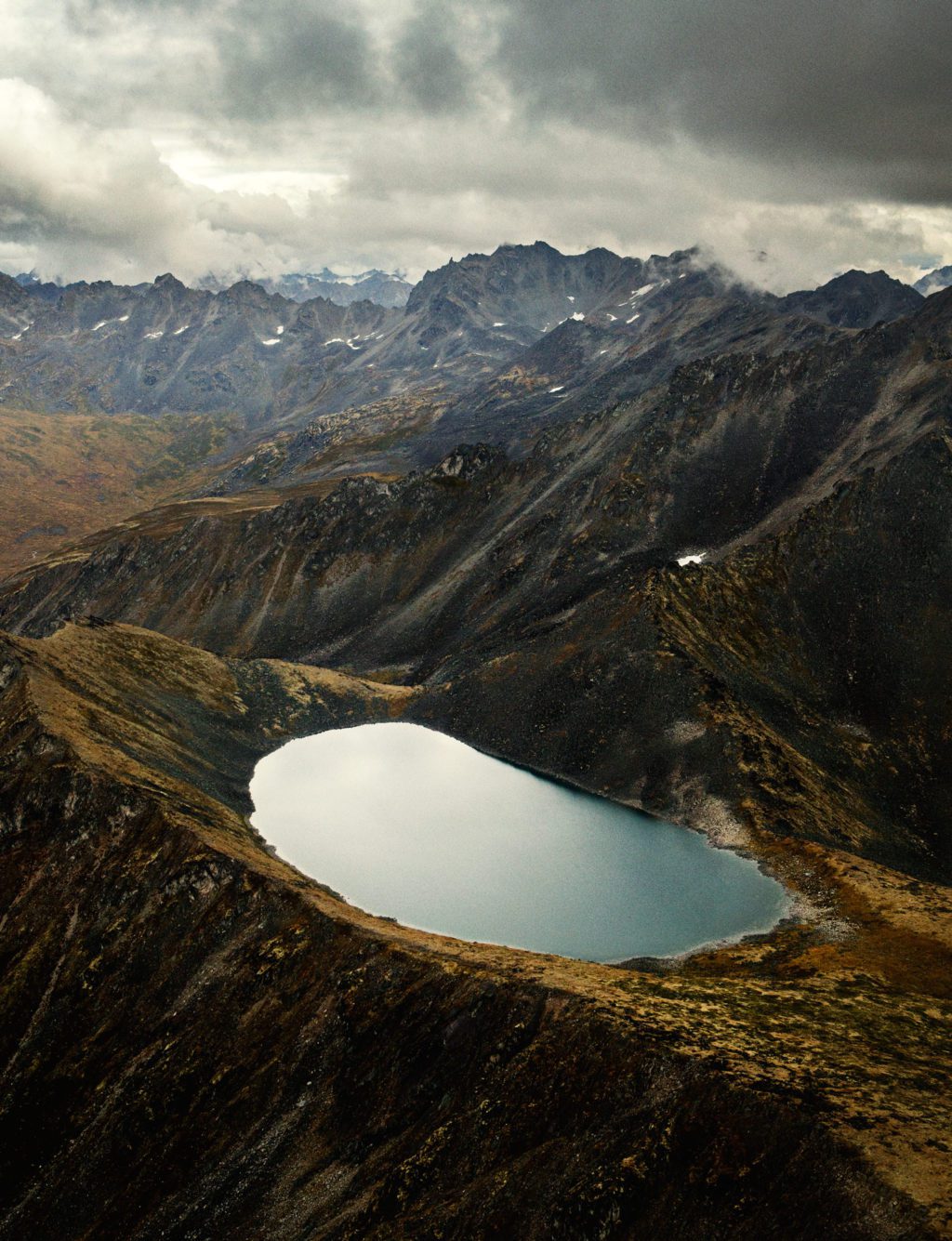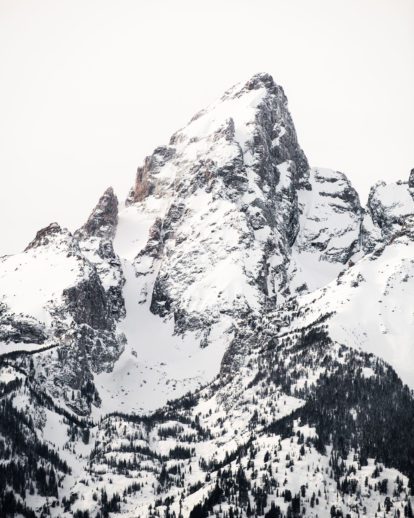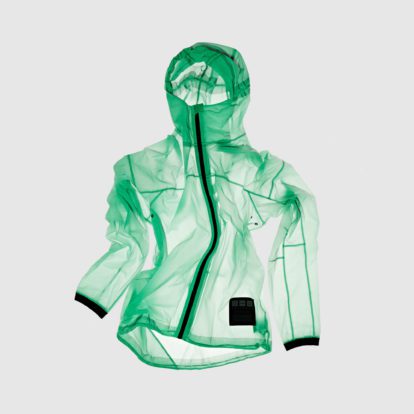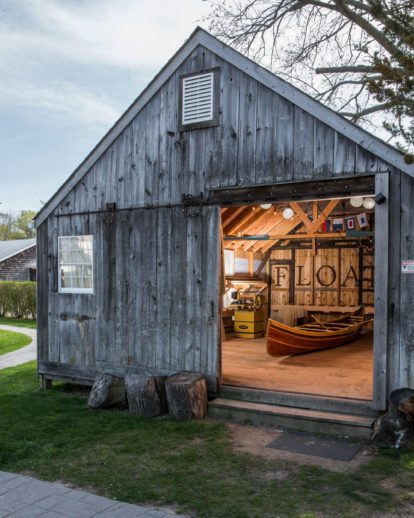The largest unexplored region in the United States is the district north of Cooks Inlet, Alaska. The Kuskokwim and Nushaguk flowing into Behring Sea, the Tanana into the Yukon, the Sushitna into Cooks Inlet, and the Copper River into the Gulf of Alaska drain this “terra incognita.” They are all large, muddy rivers, draining great glaciers, and are at flood height throughout the short summer season. The difficulty of making headway against such swift streams, the clouds of gnats and mosquitoes, the reputed fierceness of the interior Indians (the Apaches of the North) have all served to keep out both the explorer and that most venturesome of all investigators, the prospector.
So begins William Dickey’s account of his venture into inner Alaska in 1896. Lured by the prospect of gold, Dickey spent the summer navigating the channels of the extensive delta of those Arctic rivers and his narrative is driven by sightings of the “great mountain”, Denali. Ploughing on through quicksand, descending boiling rapids and witnessing two earthquakes, Dickey was awed by the Alaskan wilderness: “The high volcanoes still active, the great tides, the huge mountains covered with glaciers, impressed us that here man must indeed battle with nature.”
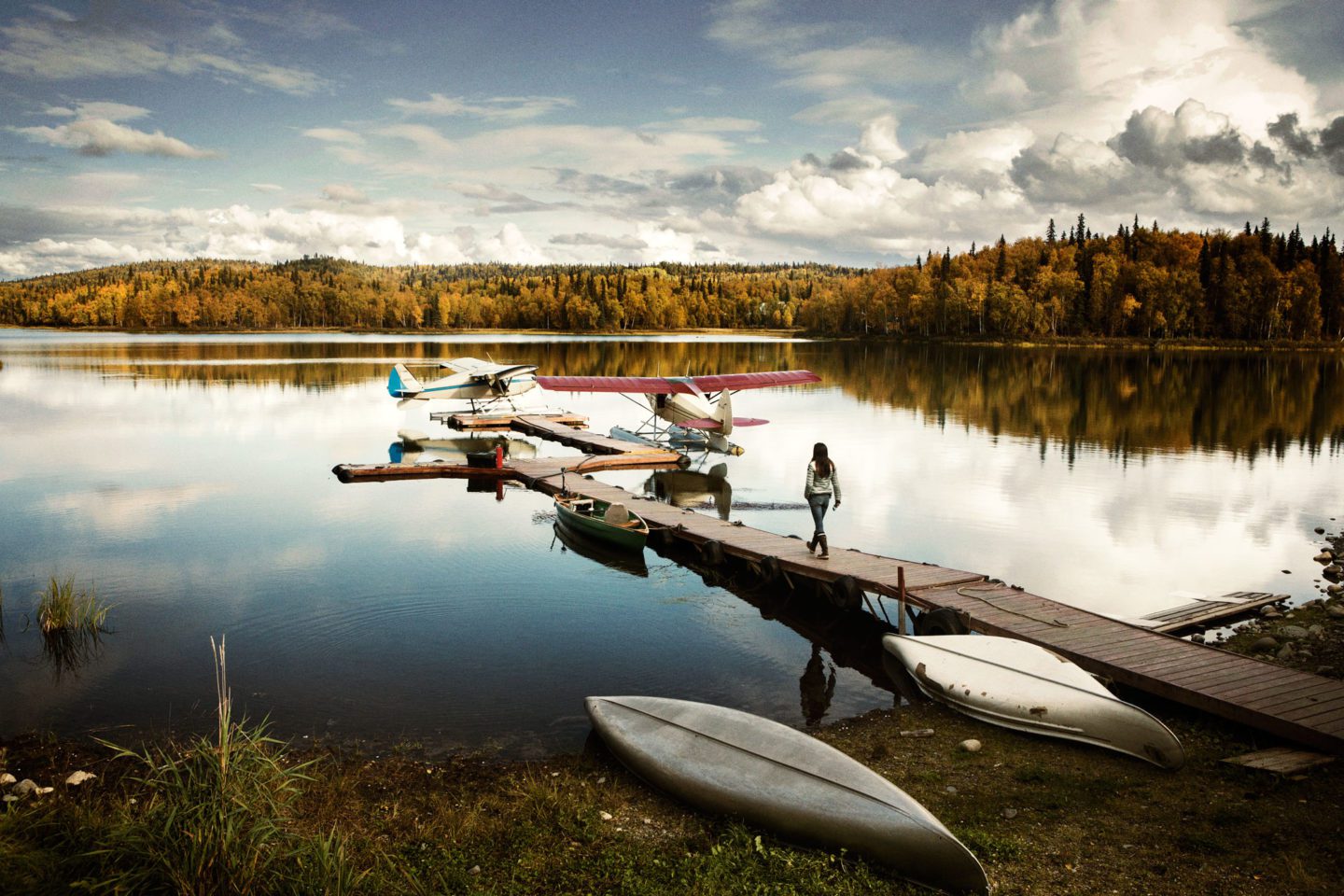
Leighan walking towards water planes at the Alaska Floats and Skis’ lake.
Alaskan Bush Flying
In 1922, Joe Crosson, a native Alaskan bush pilot, became the first to land an aircraft on the Muldrow Glacier, on Denali’s east flank, and in doing so played a seminal role in opening up Alaska’s tempestuous wilderness to contemporary adventurers and mountaineers. At a time when climbers were seeking new routes by which to conquer the highest mountain on the North American continent, bush flying seemed to provide the answer and in the near century since, it has become integral to the Alaskan way of life – supporting the remotest parts of this outlying American state. Delivering supplies and ferrying passengers, pilots now routinely ply routes above the sweeping Alaskan tundra, glaciers and ranges that would be impassable on the ground.
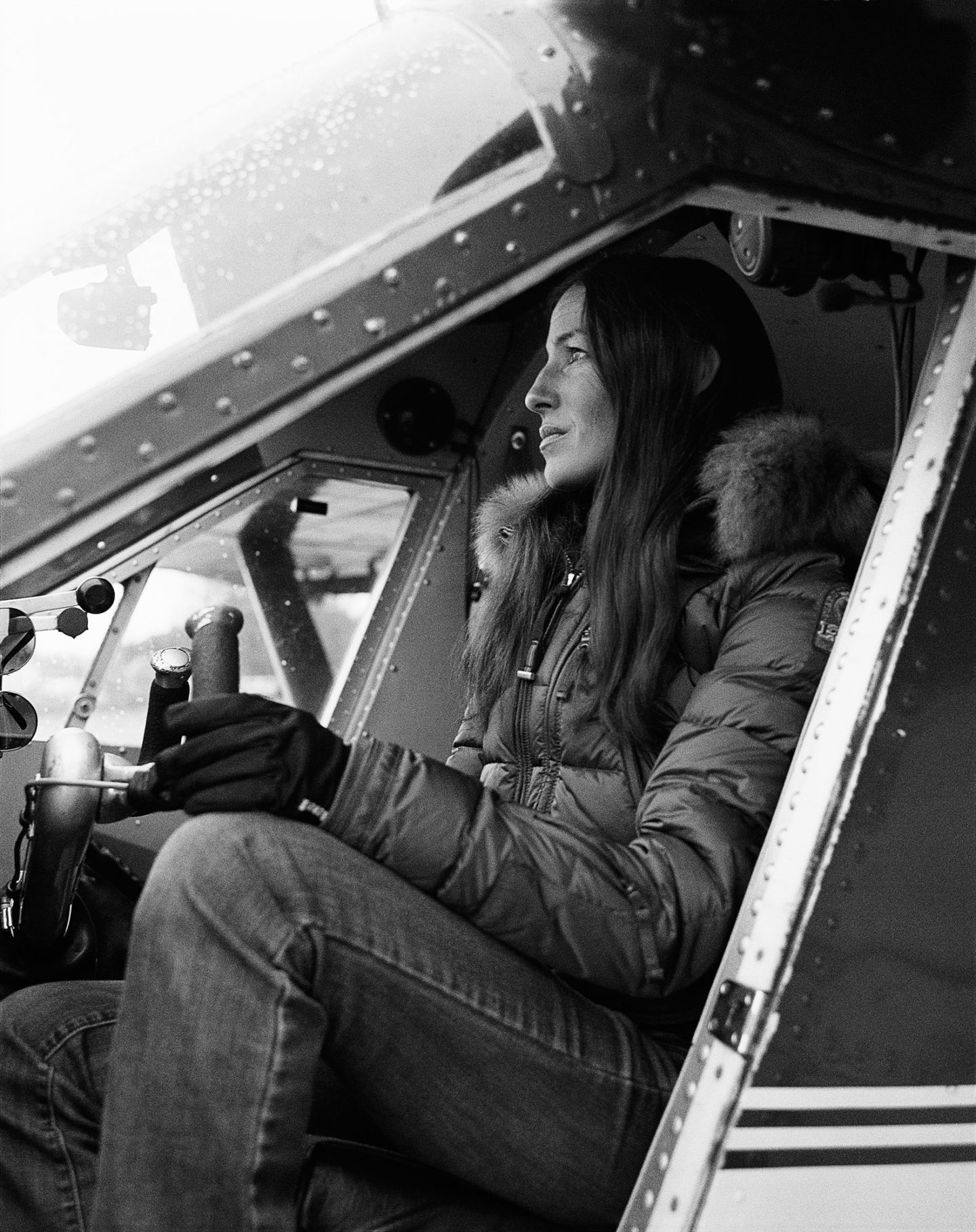
Leighan Falley seated in the pilot seat in her Beaver doing the necessary pre-flight check-ups, Talkeetna Airport.

Leighan standing on her Beaver plane, doing the necessary check-ups before a flight, Talkeetna Airport.
Talkeetna, situated some 115 miles north of Anchorage on the southern edge of the Denali National Park, is home to Talkeetna Air Taxi. The firm was established in the early days of Alaskan aviation in 1947 and now runs 10 bush aircraft, including ski-equipped de Havilland Otters and Beavers. Drawn by the air taxi’s stories of everyday aeronautical adventure, Avaunt travelled to Alaska to fly with Talkeetna-based pilot Leighan Falley.
AA Day With Talkeetna Air Taxi
“Our little family rises shortly after 6am and the race begins to get everyone out of the house on time. Both my husband, who is a National Park mountaineering ranger, and I have to be at work by 7:45am. After shuttling our four-year-old to day care, we part ways to attend our respective morning meetings. His is with all the Ranger station staff who are responsible for the management of the southern district of Denali National Park, a staggering 2.3 million acres. The only access to it is via aircraft, mostly out of Talkeetna.
My pilot meeting begins promptly at 7:45am and lasts for 15 minutes before we race off to prepare – or ‘pre-flight’ – our aircraft in time for the usual 8:30am departure. We discuss glacier landing area conditions, aircraft maintenance concerns, the expected weather for the day and mountain-flying operations. This is also a forum for any issues arising from the previous day (such as an aeroplane getting stuck in the snow). After the meeting adjourns, we methodically inspect our assigned aircraft. Usually each pilot is given a specific aeroplane for the duration of his or her working week, making this process a little easier.
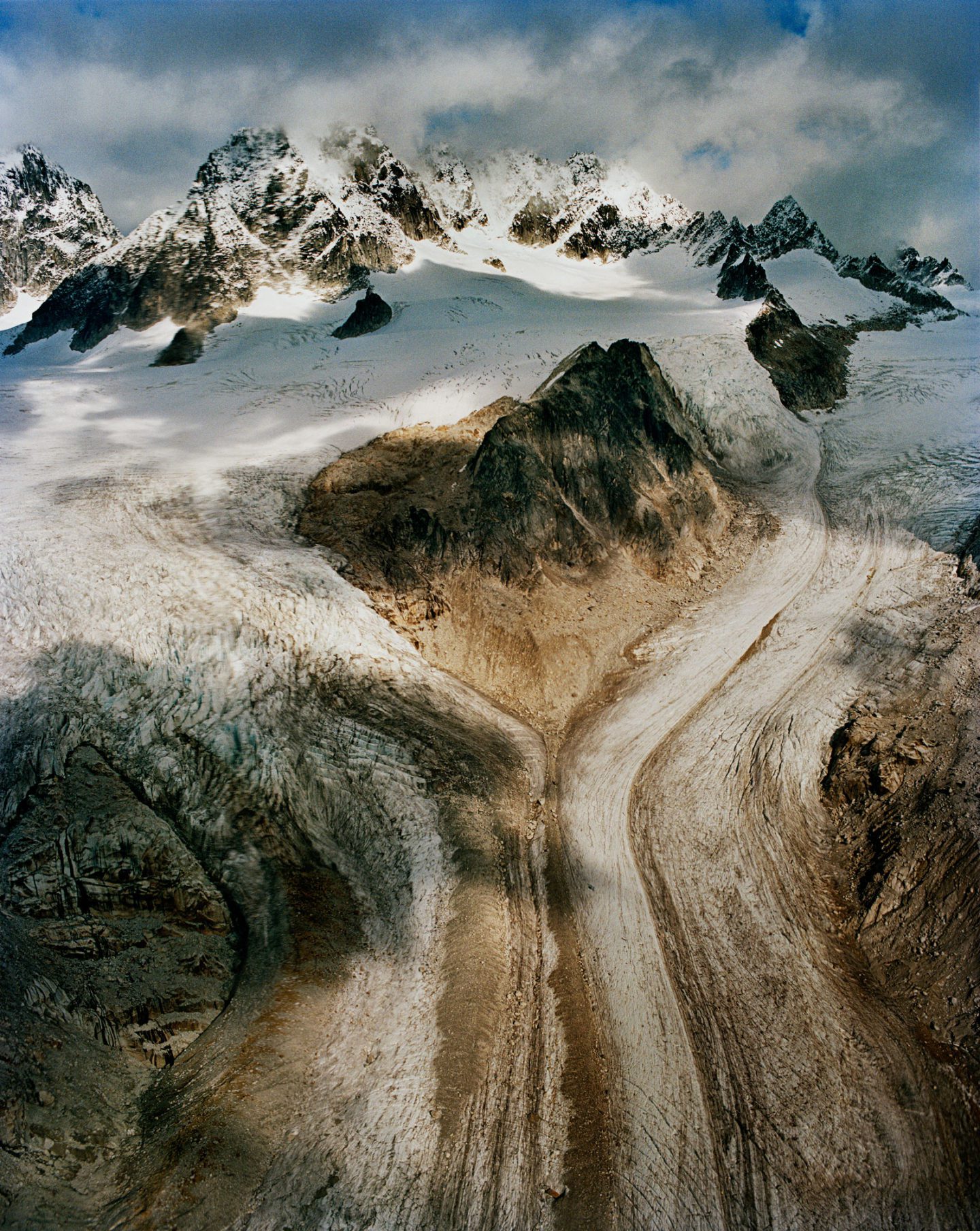
During one of the only clear weather windows we had, we flew to the Denali base camp and passed this glacier on the way.
We generally fly three to five flights a day. In the months of April, May and June, the majority of these will be to transport mountaineers to and from locations in the Alaska Range. At this time of year, there is still a lot of snow on the glaciers and we will land in a wide variety of areas, and our de Havilland Beavers can transport four climbers and their equipment. During July, August and September, we switch to scenic flight mode. The Alaska Range is a stunning place and we cater to visitors from around the world. I have had a number of passengers burst into tears at seeing these unique mountains and glaciers at first hand for the first time.
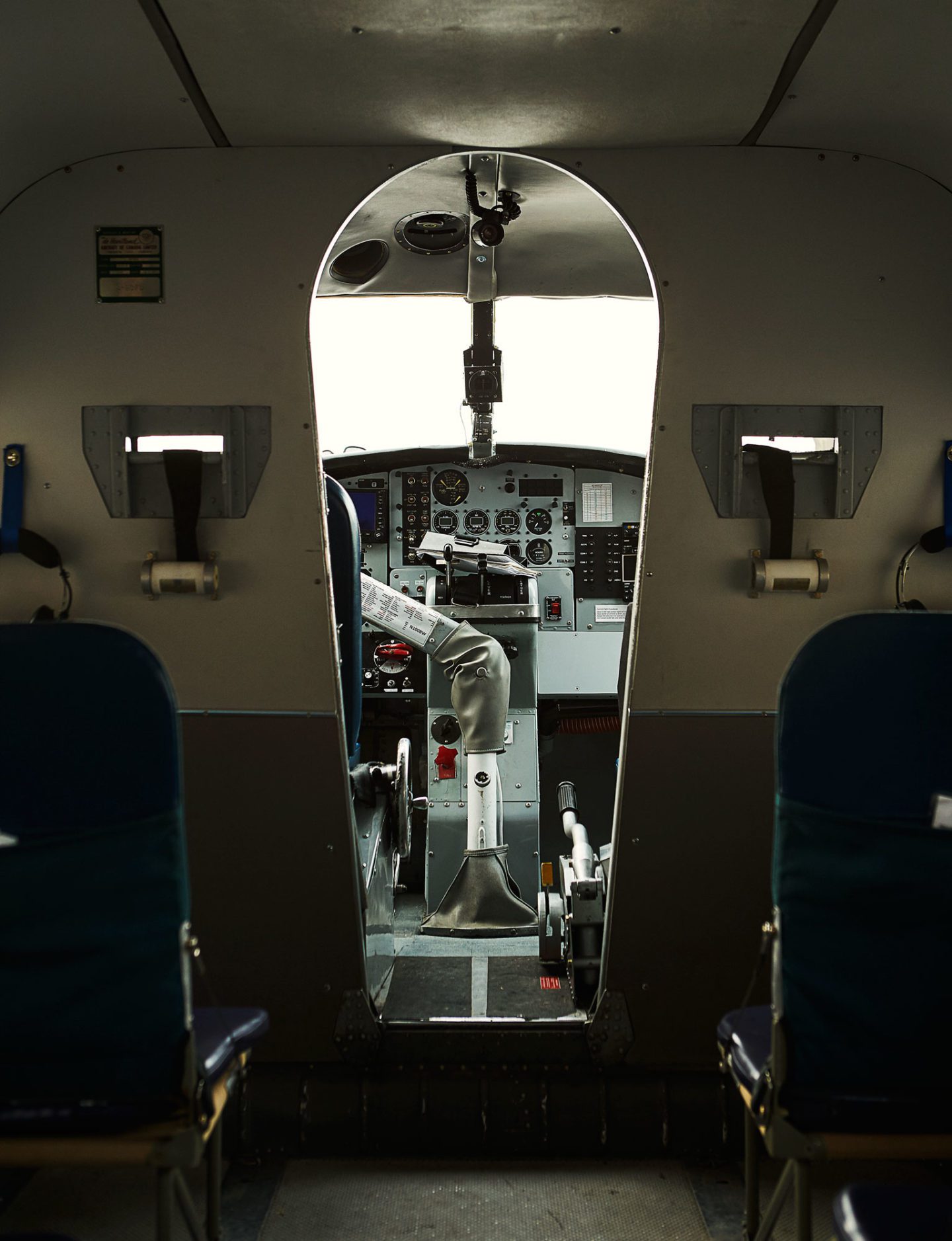
The inside of an Otter plane, Talkeetna Airport.
When the weather is good, the days can be long, with the last flight landing as late as 9pm, and by the time we taxi in, both the aeroplane and I are spent. I fuel the plane and make her ready for the next morning and enjoy a return to quiet after a day of thundering across the landscape. If I ever find the routine tedious, sometimes I will jump in our own little plane and go for a quick flight before going home to my husband and daughter. Usually though, I return quickly from work to my peaceful little house in the forest. We spend the evening gardening, catching up on each other’s lives, cooking food, planning the weekend’s (aeroplane-based) adventure and enjoying our idyllic Alaskan existence. It is a blessing to both have such engaging professions and yet be able raise our daughter in the quaint Alaskan community of Talkeetna.”

Leighan piloting her own plane with her daughter, Sky, in the back seat. That day they flew to one of their favourite camp sites, a 45-minute ride from Talkeetna, to go berry hunting. Sky, who is 4, feels more comfortable flying with her mum than riding in a car.
The Guardian of the North
For more than 70 years the ‘parajumpers’ of the 210th Rescue Squadron of the Alaskan Air Guard have provided search and rescue support to the civilians and military personnel that live and work in this vast wilderness. The state they oversee spans 21 degrees of latitude and 43 degrees of longitude, it encompasses 39 mountain ranges and has 33,904 miles of shoreline. Undertaking an average of one rescue mission per week, and flying in all conditions and in every season, the parajumpers’ role demands selflessness and bravery; their motto: “These things we do, that others may live.”
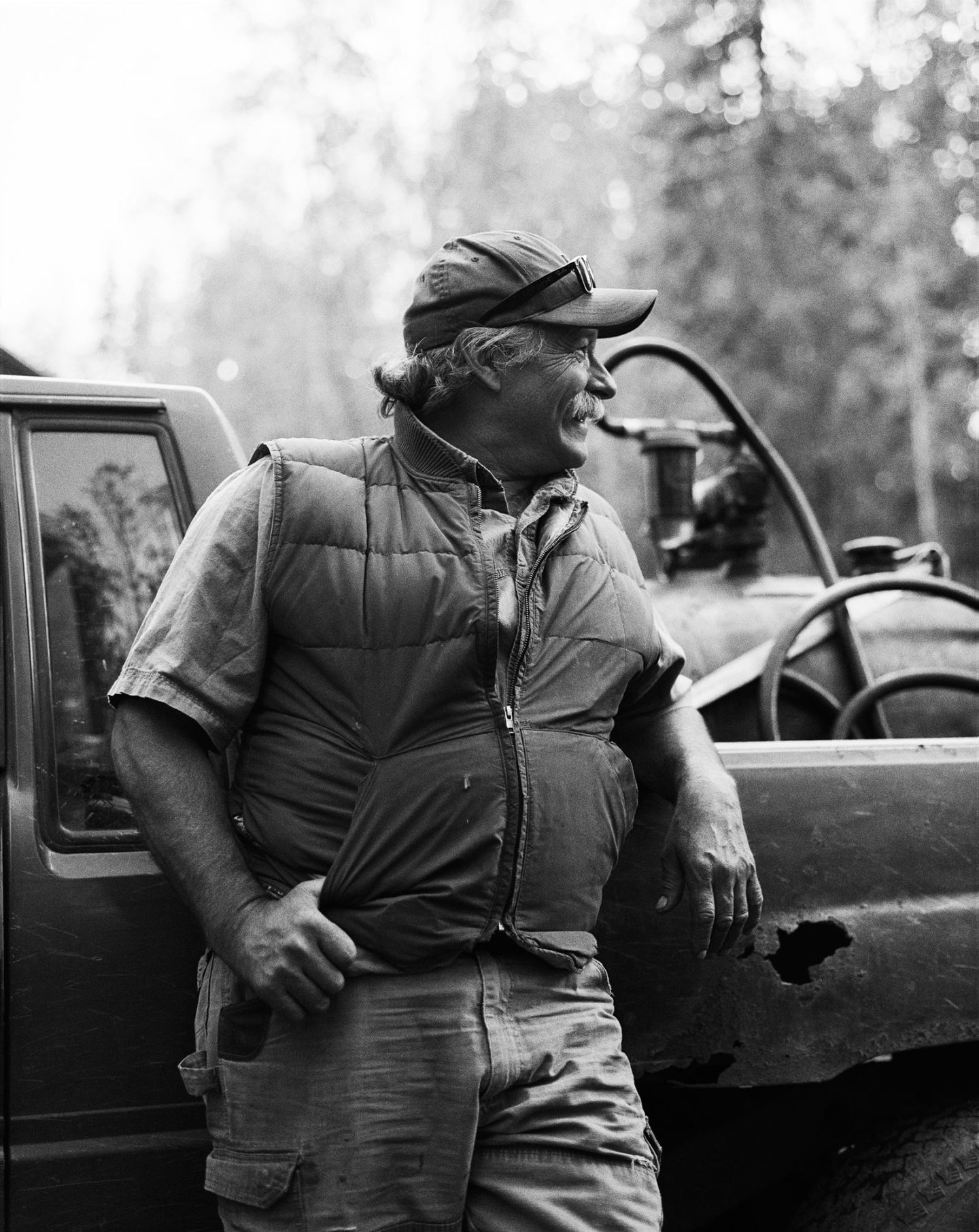
Renowned local pilot and instructor Don Lee, shot at his flying school, Alaska Floats and Skis.
The Parajumpers brand is a project deriving from the cooperation between Ape and Massimo Rossetti, an experienced outerwear designer and an importer of American labels for the Italian market. A meeting with a serving member of the 210th Rescue Squadron in a bar in Anchorage provided the inspiration for Rossetti’s latest creation, resulting in an innovative, technical outerwear range designed to be functional above all else. Parajumpers’ new Polar Equipment collection is their most advanced to date, developed for those who need protection and warmth in the coldest and most remote areas, and is worn here by the men and women that must indeed battle with nature.

